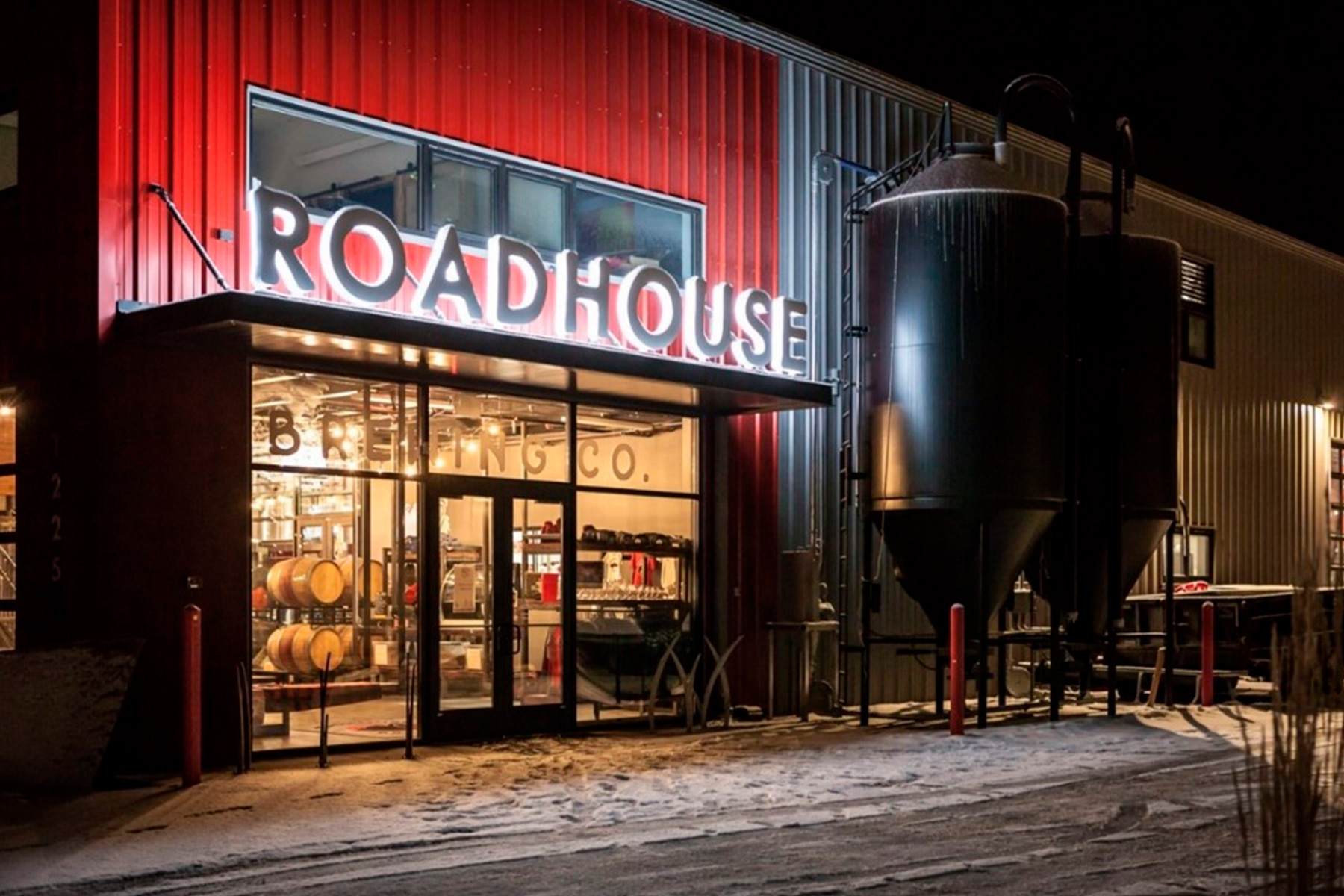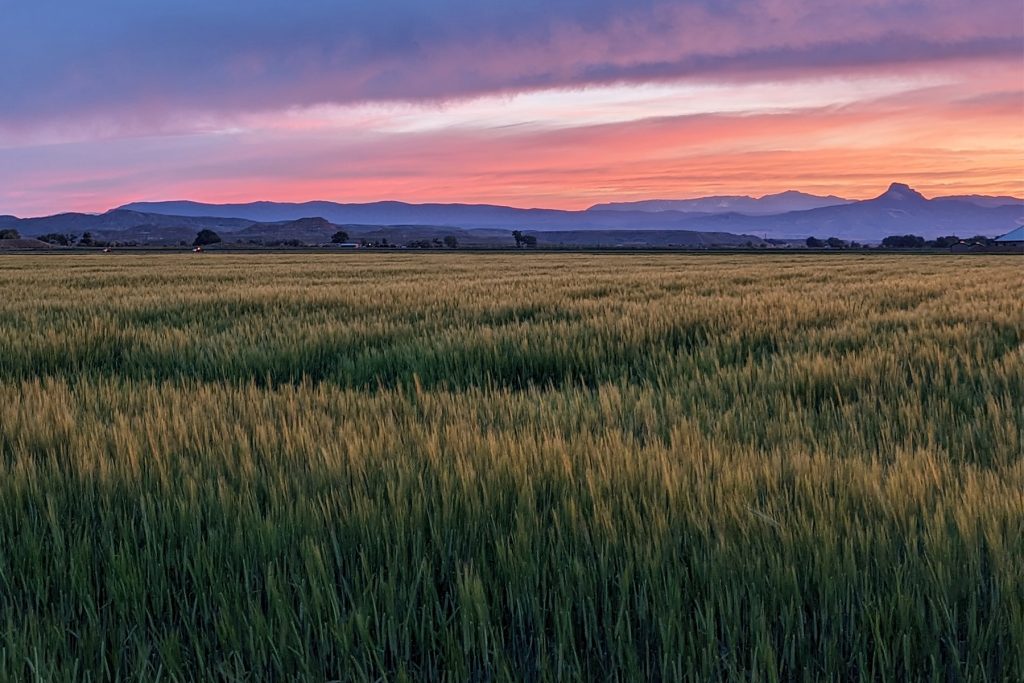
Barley is at the heart of what we do as a malting company. It is our primary raw material and lifeblood for most of the products we make in each of our facilities. From our barley elevator, malting and roasting operation, milling operation, and malt extract operation, it is what we rely on day in and day out to fill our vertically integrated supply, and continue to provide our customers with the products they have come to expect.
Given the role it plays, it is impossible to imagine a world where it has become scarce or even unavailable. With the continued change in weather patterns, as well as the experience the industry has seen in recent crop years with poor yield and quality traits, the availability of this humble crop is a thought that is on the minds of malting companies and the research community. Many readers may have seen the popular sticker in circulation at various conferences and brewing events, “No Barley, No Beer,” the slogan of the National Barley Growers Association. The industry is now looking to unify efforts in research, breeding, and sustainability to prevent that slogan from becoming a reality.
Last week, I was able to attend the Barley Improvement Conference, where industry and the research community join to share what they have learned and decide where to go next to ensure resilient barley.
Here are the areas of focus to ensure malting barley for the future and why they are important:
- Identify genes that allow barley varieties to survive both heat and drought stress.
- With the continued rise in temperatures and water challenges in certain areas, the need for more varieties that can survive these conditions across North America is crucial.
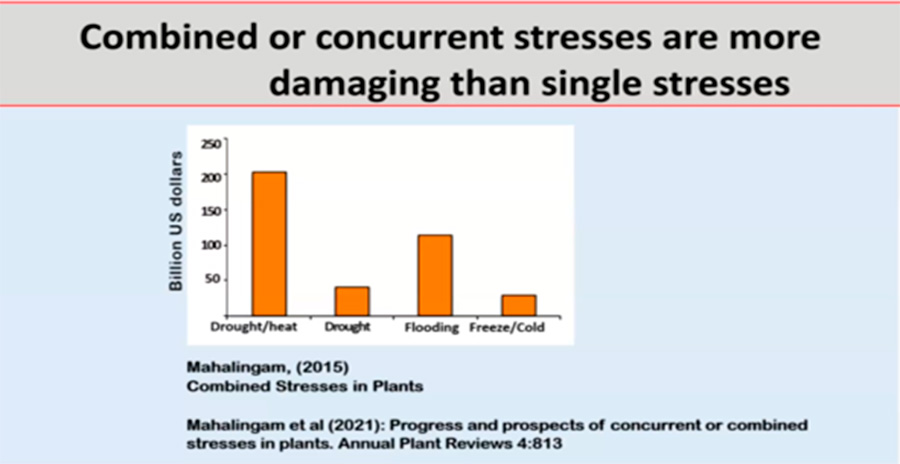
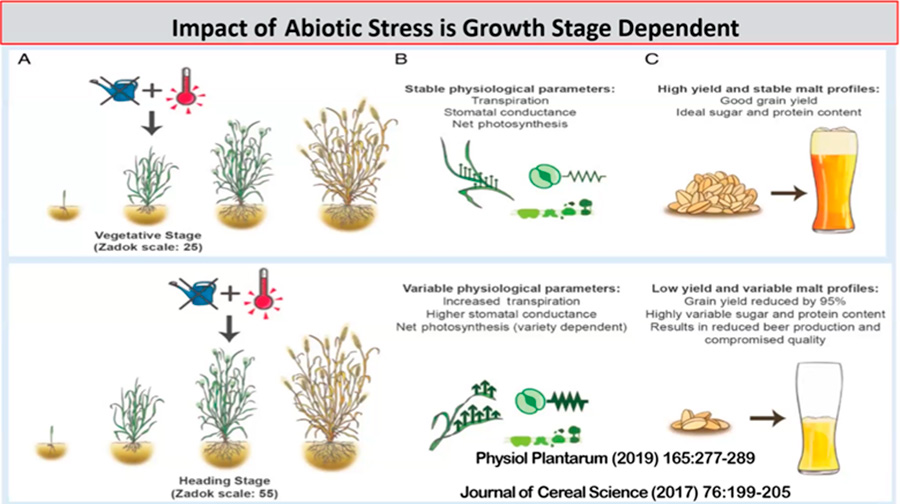
- Focus on the impact of soil microbiome on disease resistance and nutrient use.
- As a supporting initiative to promote a sustainable crop, with an understanding of how we can encourage the natural symbiotic relationship between plant and soil.
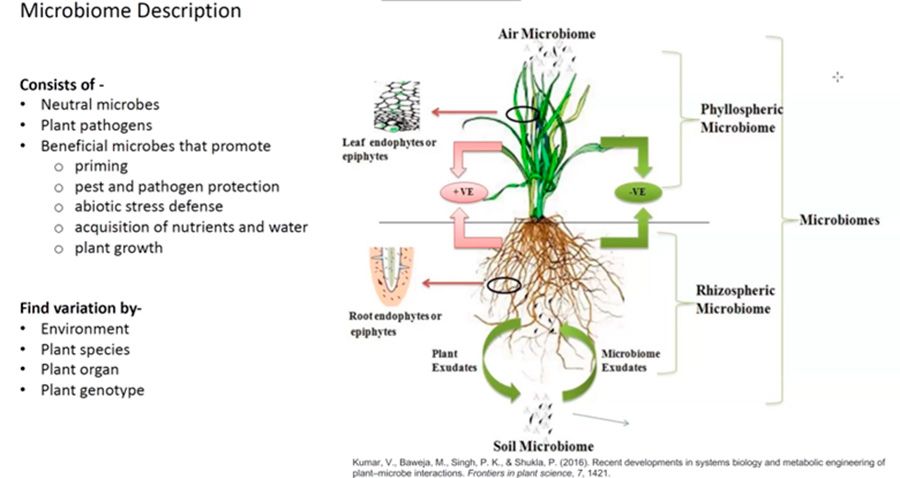
- Quantifying the benefit of barley in a cropping system.
- Define how barley can be planted within cropping systems, and the positive outcomes it could promote.
Double-cropping winter barley and soybean in the same year may also be a possibility. In southern Minnesota, the growing season may be long enough to facilitate a double-cropping system. This would enable winter barley to share some of the large acreage traditionally planted for soybeans.
The extensive summer annual cropping systems actively grow for only a few months in Minnesota, leaving fields fallow for much of the year. Without crops covering the land, fallow ground is vulnerable to wind and water erosion, as well as nutrient runoff. Nutrient runoff can build up in lakes, streams, and rivers and negatively affect water quality. A double-cropping system could provide cover for a much longer period.
Although double-cropping small grains and soybeans are commonly practiced in the southeastern part of the country, the growing environment in the Upper Midwest is markedly different. Nonetheless, exploring whether double-cropping winter barley in combination with a second, short-season, summer annual like soybeans, dry beans, or peas is possible is worth exploring.

Photo Source: Winter barley: An emerging crop | UMN Extension
- Breed better winter and facultative varieties.
- Improve acceptance and malting performance of winter barley.
- Increase cold tolerance, and plant in larger trials across North America.
- Define varieties that can be planted in more variable climates.
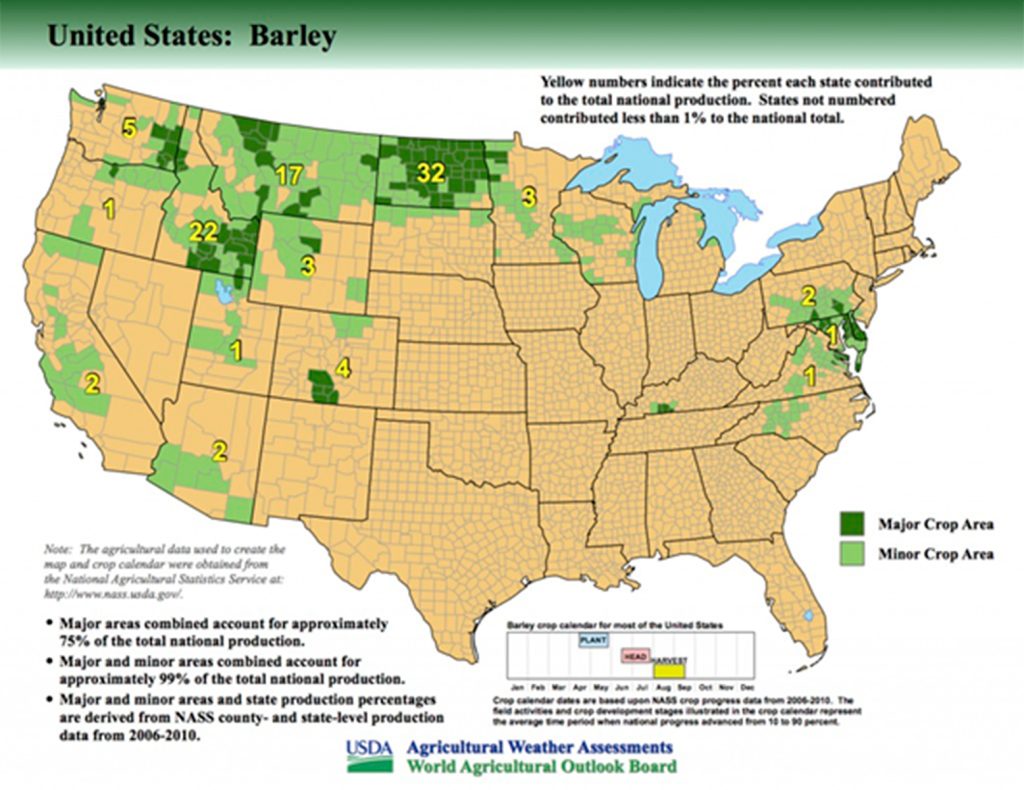
Additional Learning: What is Winter vs. Facultative Barley?
Barley type definitions and vernalization requirements.
True winter barley varieties require vernalization (i.e., cold period) to flower. Winter barleys are sown in the autumn.
Facultative barley varieties do not require vernalization to flower and are usually sown in the autumn but can also be spring-seeded.
In addition to promoting conditions that will make barley easier to grow, Briess and the industry as a whole, want to ensure the practices used to grow it will promote resource conservation. In our network of grower partners in Wyoming/Montana, we work closely with the Grower Advisory Group to receive input on current grower practices that will promote this mantra. Our barley growers are ahead of their time in adopting sustainable practices, including no-till, flood irrigation, and precision agriculture. These practices are ingrained in our growing network across the Bighorn Basin in WY/MT, and we will continue to communicate with our growers to understand their needs and the challenges they face, utilizing that input to drive our investment and decision-making toward research, planning, and resources that can help us continue to grow on the sustainability journey together.


